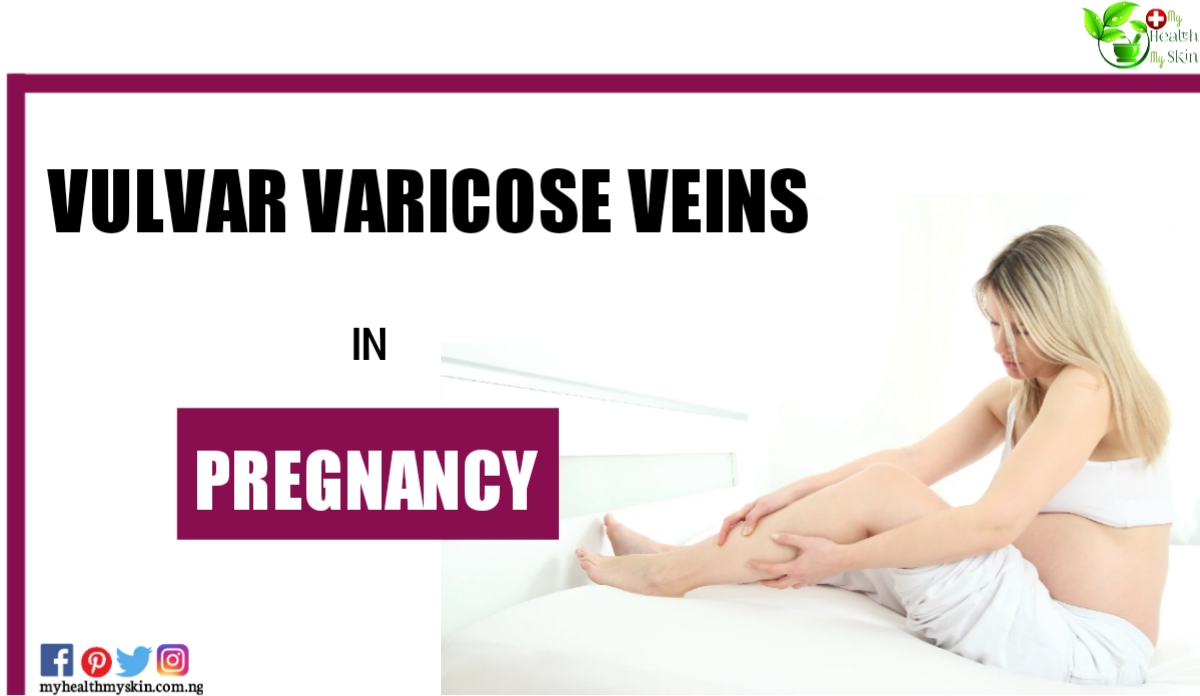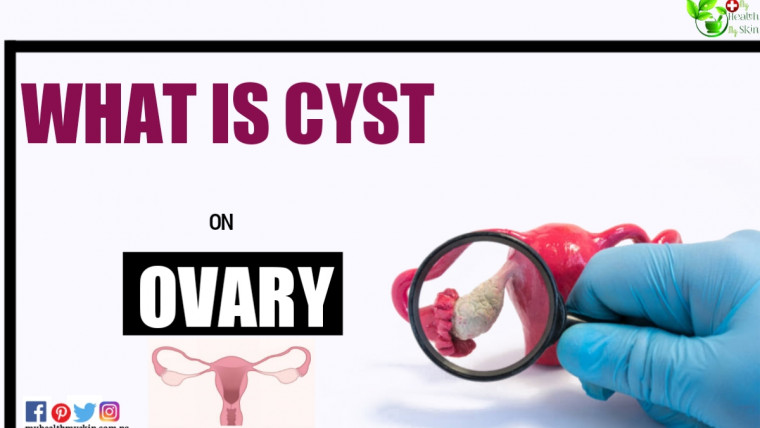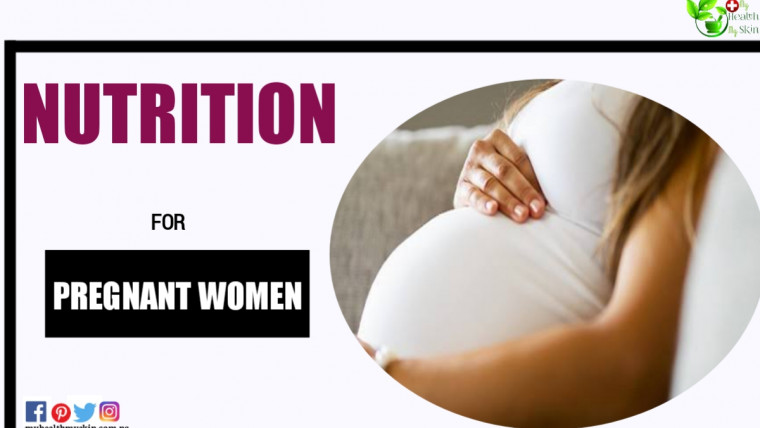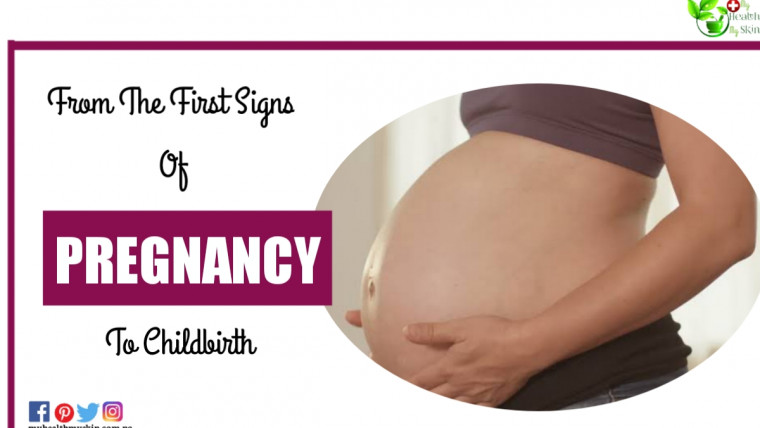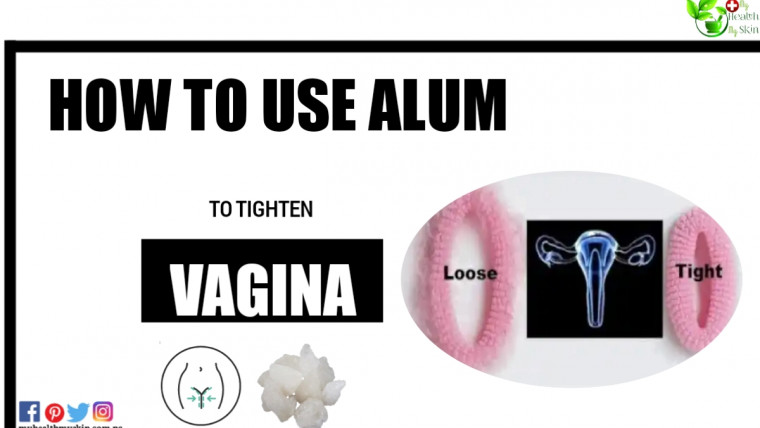The vulvar varicose veins are veins that swell in the region of the perineum and vulva. They generally form as a result of pelvic venous insufficiency, many times related to the increased venous pressure in the pelvis that occurs during pregnancies. Like any other area of the body, in the vulva there are several blood vessels and of different sizes. If pressure is exerted on these vessels, there is a risk of varicose veins appearing in that area.
Vulvar Varicose Veins In Pregnancy
During pregnancy there is an increase in blood flow and, as the size of the baby increases, it also exerts pressure on the lower part of the body, which can promote the appearance of vulvar varicose veins. This volume of blood in the pelvic region makes it easier for blood to accumulate in the lower extremities and in the vulvar area, both in the labia majora and in the minors, which favors the appearance of varicose veins.
Keep in mind: that vulvar varicose veins during pregnancy can be common that you also develop varicose veins in the legs, so it may be the case that you have vulvar varicose veins and varicose veins in the legs.
In addition to the pressure on the pelvic area, the hormonal changes that take place in pregnancy make the blood vessels tend to dilate and it is easier for vulvar varicose veins to develop.
Some of the women who have developed vulvar varicose veins do not notice them or have symptoms. Even when symptoms appear, a woman may not be able to palpate them, as they may be internal. In the cause of any discomfort in the perineum and vulva area that is suspected of being vulvar varicose veins, you should visit your doctor to make the diagnosis and examination required.
What Are The Causes Of Vulvar Varicose Veins?
The main cause of the appearance of vulvar varicose veins is pelvic venous insufficiency. In fact, pregnancy is the most common cause of vulvar varicose veins. Some studies indicate that varicose veins located on the vulva appear in between 18 and 22 percent of pregnant women. The good news is that in the six weeks after delivery they usually go away on their own. They do not need any type of treatment to eliminate them.
It is rare for them to appear in women who have not had children, but they can appear occasionally in women who are more prone to varicose veins in the legs. The appearance of varicose veins also has a hereditary component. For this reason, it can be common for some women to be more prone to developing varicose veins on the legs and also, much less frequently, on the labia majora and minora.
Over the years, the blood vessels are modified and the risk of varicose veins in the legs increases and much less frequently in the vulva. These are very isolated cases and in women who have a high predisposition to develop varicose veins. But it is not common for vulvar varicose veins to appear in menopause.
What Are The Most Common Symptoms Of Vulvar Varicose Veins?
One of the main warning signs can be discomfort during sexual intercourse. In fact, according to Dr. Bader Al-Raies Bolaños, head of the Angiology and Vascular Surgery Service of the Hospital de Manises, this fact is usually the most common reason for consultation. “They can be painful during sexual intercourse or if varicophlebitis appears, which is rare,” says our specialist.
Other symptoms that women who have vulvar varicose veins refer to is a sensation of pressure in the genitals, swelling in that area and pain that is usually more acute, in addition to sexual activity, when doing physical exercise or when stands for a long period of time.
How Are Vulvar Varicose Veins Treated?
As detailed by our vascular surgeon, if vulvar varicose veins present symptoms, their treatment can be discussed.” There should be an open conversation between the patient and the doctor to discuss the expectations of the treatment, the benefits and the risks to be assumed.”
In addition, Dr. Bader Al-Raies Bolaños suggest that “the therapeutic method may include the examination of pelvic venous insufficiency, if symptoms of pelvic congestive syndrome are related, in which case embolization of the pelvic veins that cause them could be evaluated. If it does not associate with other symptoms, a local approach with sclerotherapy can be tried”.
However, once vulvar varicose veins have resolved, they can reappear.
To relieve the discomfort of vulvar varicose veins in pregnancy you can:
- Apply cold with cold compresses or with ice.
- Wear underwear that supports the pelvic area.
- Wear compression stockings.
- Sleep on the left side, since in this way you exert less pressure on the vena cava.
- Put your legs up to relieve pressure.
Images Of Vulvar Varicose Veins
Vulvar Varicose Veins In Pregnancy
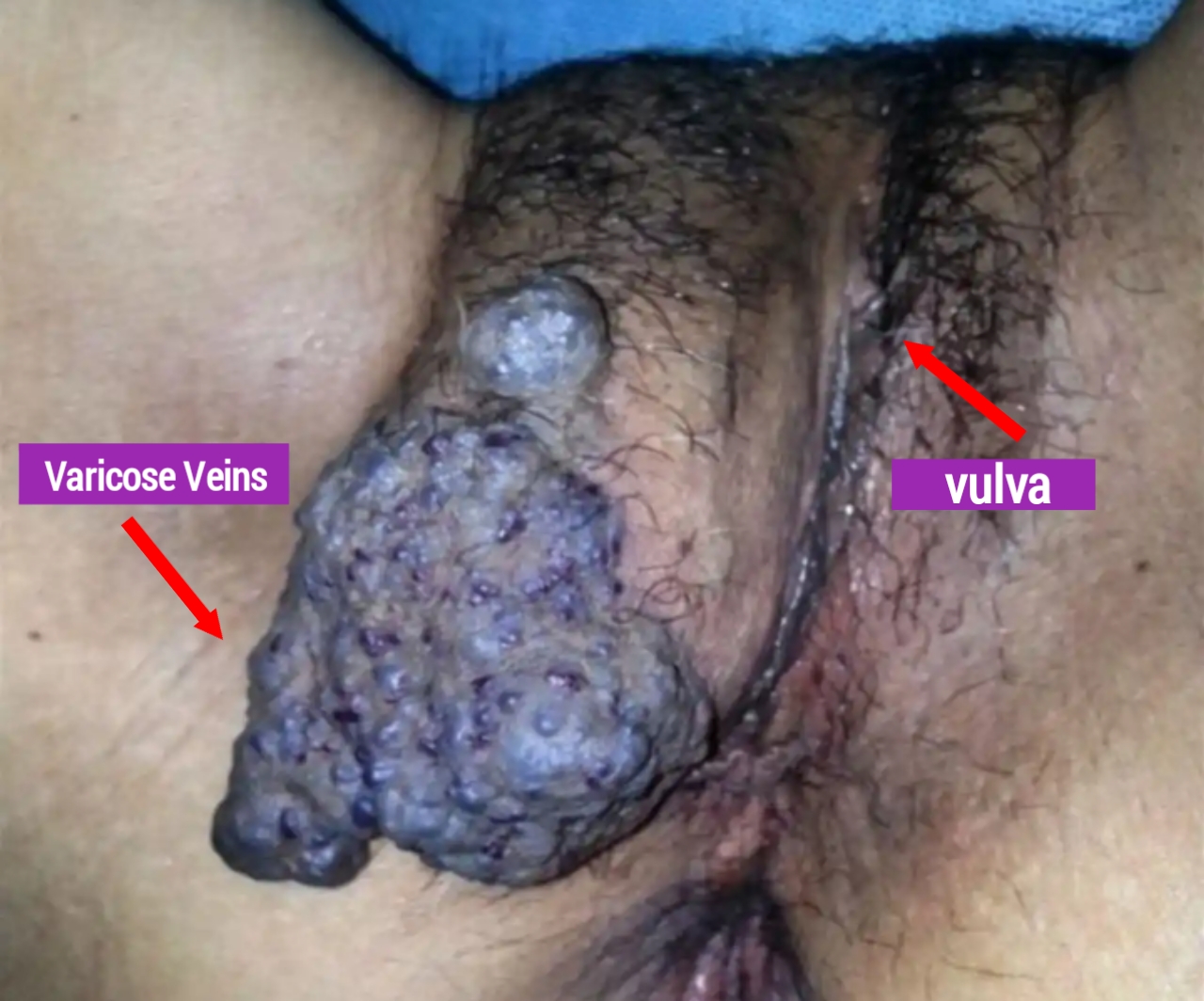
Vulvar Varicose Veins On Thigh
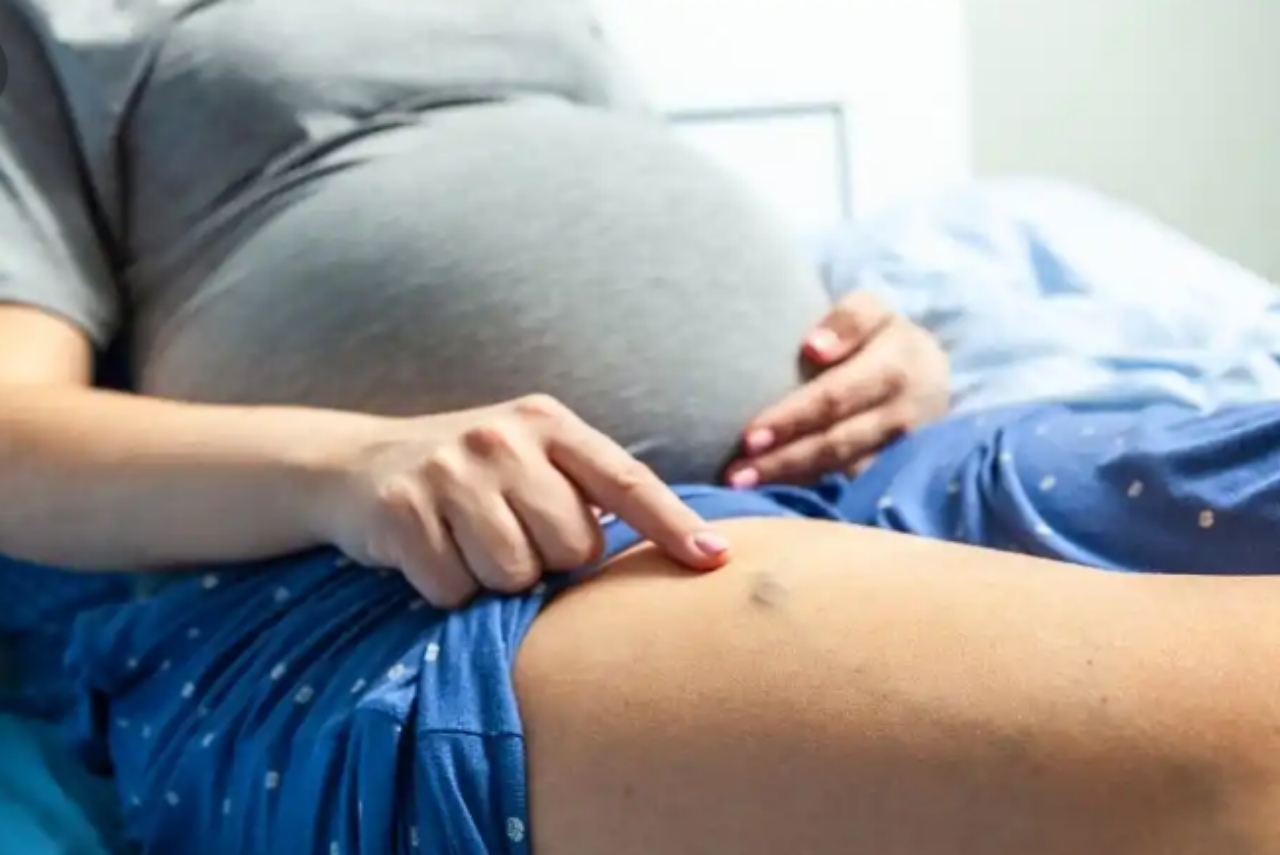
Vulvar Varicose Veins on Legs
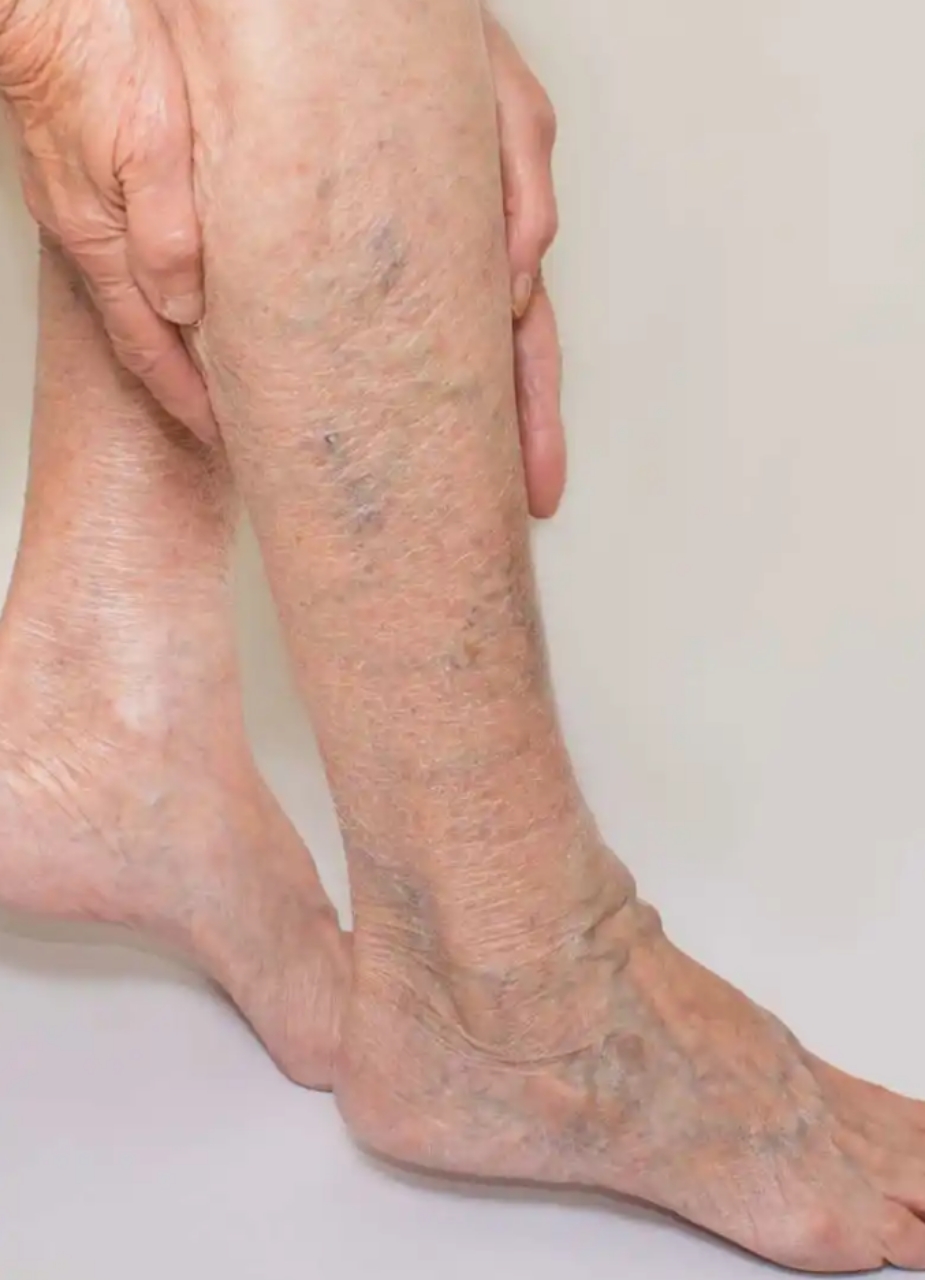
Vulvar Varicose Veins
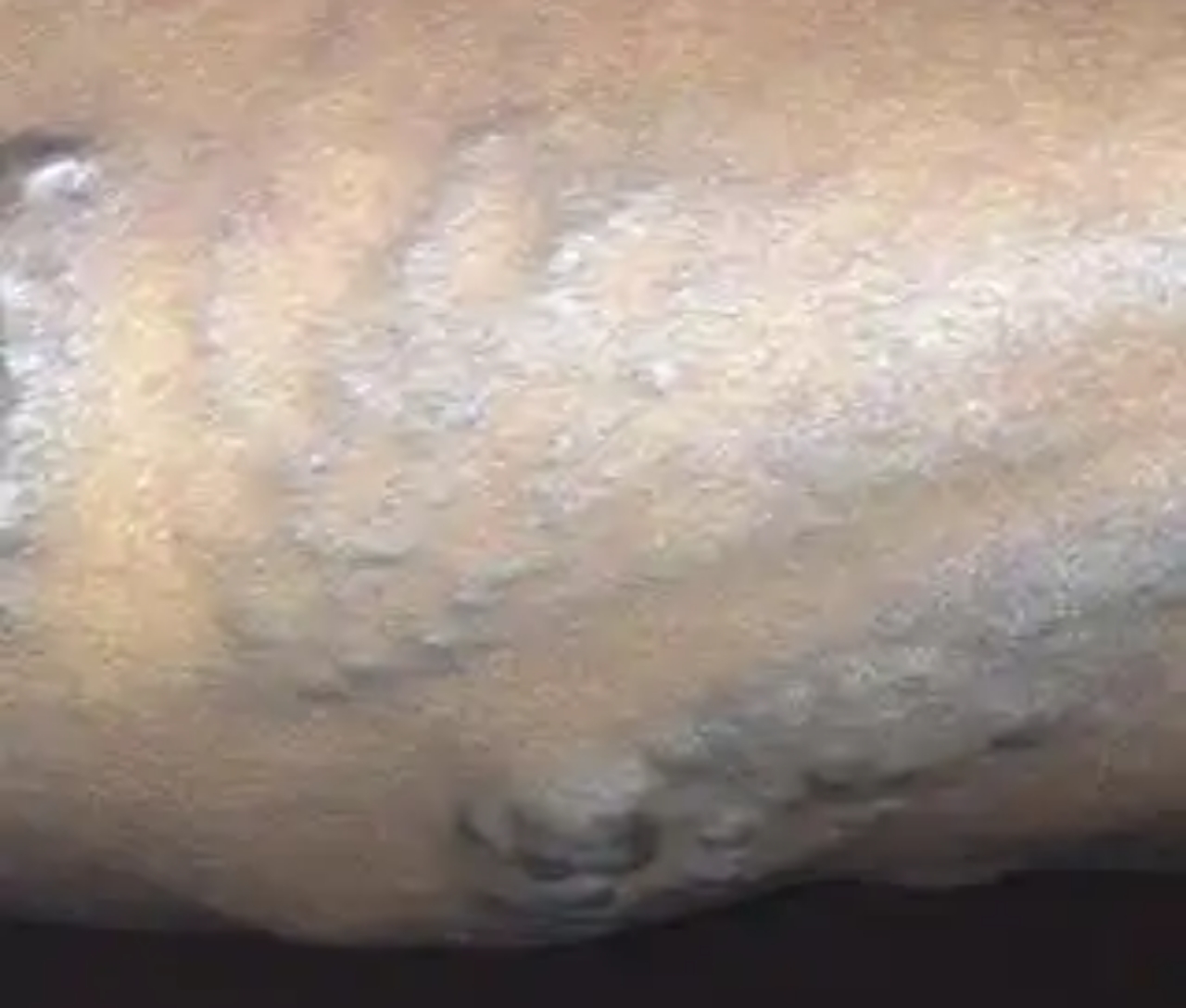
Remember that you can also follow us on our social networks, such as Facebook, Twitter, Instagram or YouTube.
